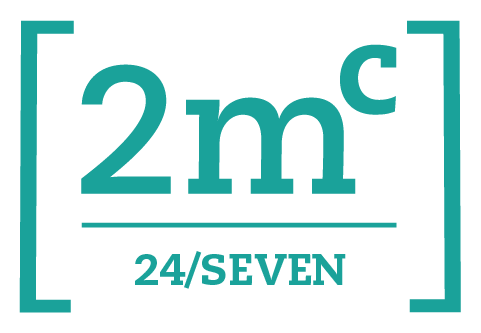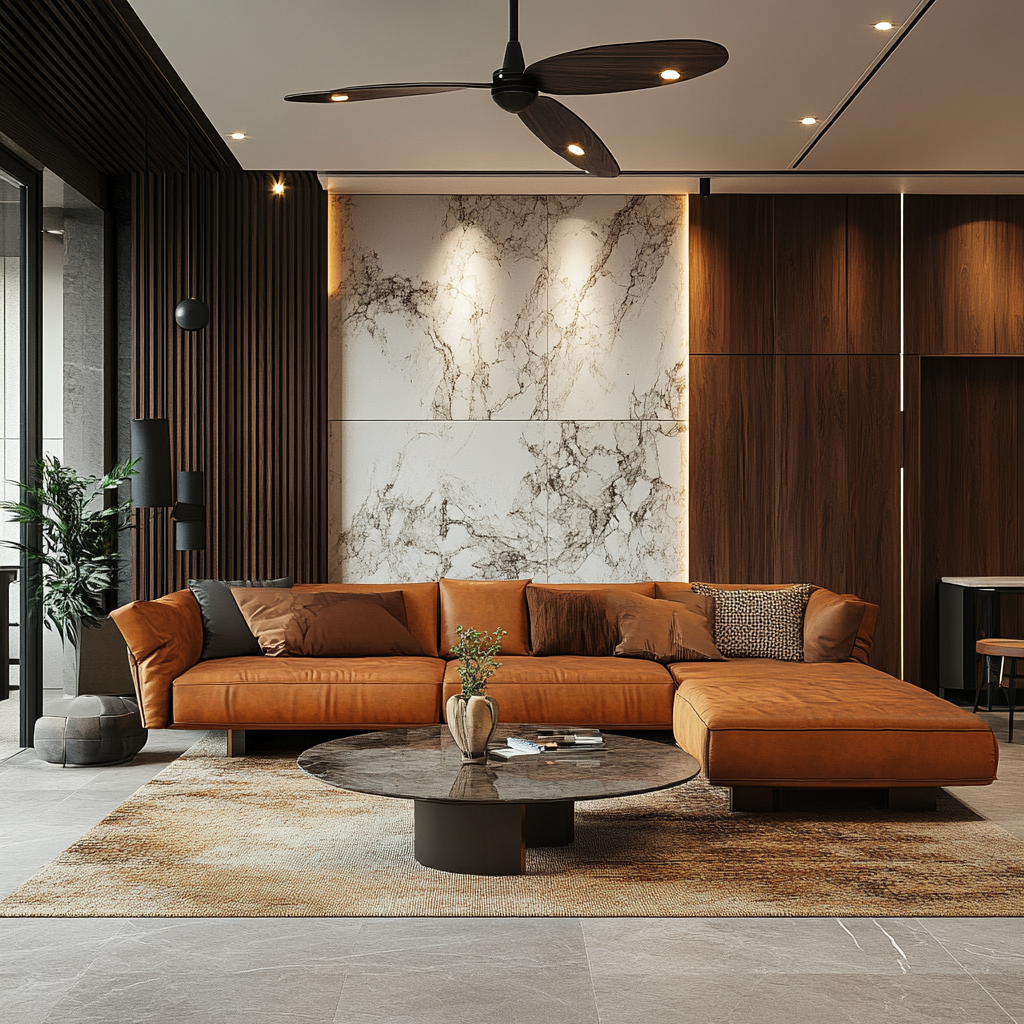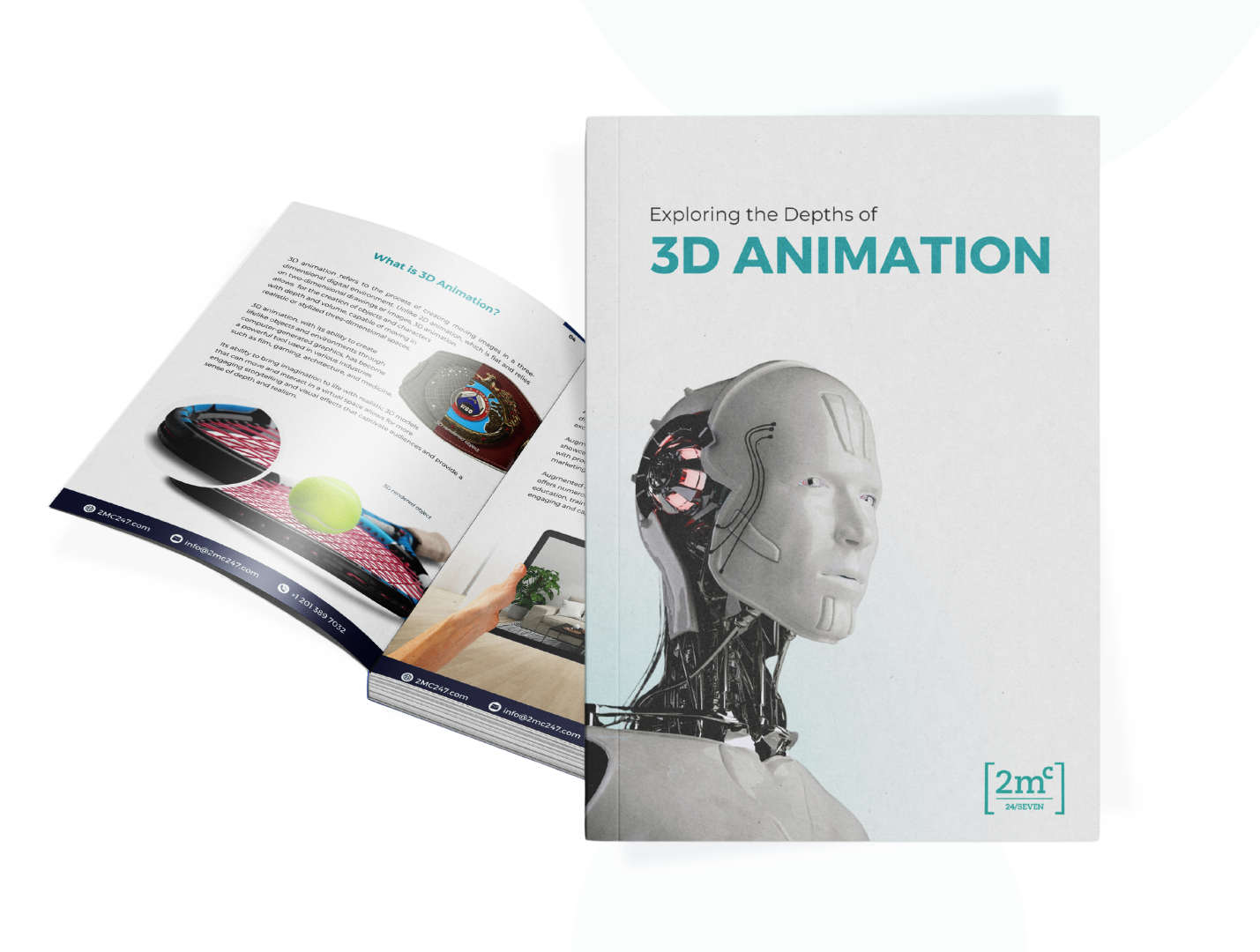3D photomontage has become an indispensable tool in today’s marketing and design world. It is not only a visual treat but also a strategic technique to showcase products or services in a realistic, immersive environment. By blending 3D renders with real-world photography, businesses can create compelling visuals that captivate their target audience. This blog will explore what makes 3D photomontage special, delve into its technical processes, and uncover why it’s a valuable investment for companies aiming to enhance their brand’s visual communication.
What Is 3D Photomontage?
A 3D photomontage combines a rendered 3D model with a high-resolution photograph to create a unified, seamless image. This method allows businesses to visually place their products or designs in a lifelike setting, offering customers an experience that static images or standalone 3D renders cannot. It’s particularly effective for industries such as architecture, interior design, and product marketing, where context is critical for a customer’s decision-making process.
Key Technical Terms in 3D Photomontage
To fully appreciate the potential of 3D photomontage, it’s essential to understand some technical aspects that go into the process. Below are a few terms you’ll often encounter:
- UV Mapping: A technique used to wrap a 2D image (the texture) onto a 3D model to give it a realistic appearance.
- Global Illumination (GI): A rendering method that simulates realistic lighting by factoring in the light that is reflected off surfaces, contributing to the photorealism of the scene.
- HDRI (High Dynamic Range Imaging): A technique used to capture the full range of light in a scene, allowing for accurate light reflections and shadows in the final montage.
- Compositing: The process of blending the rendered 3D image with the photograph, ensuring that the lighting, shadows, and perspective align perfectly to create a coherent image.
The Process of Creating a 3D Photomontage
Creating a stunning 3D photomontage involves a series of intricate steps, each requiring precision and expertise. Here’s a breakdown of the process:
- Gathering References and Materials
The first step is to collect all necessary materials, such as high-quality photographs of the intended environment and 3D models of the product or design. The photos must be taken from the right perspective and lighting conditions, as they will serve as the backdrop for the final montage.
- Modeling and Texturing the 3D Object
Once the photograph is chosen, a 3D model of the product or design is created using software like Blender, 3ds Max, or Maya. During this phase, UV mapping is applied to ensure that textures wrap around the model accurately. High-quality textures are essential to make the model look as realistic as possible.
- Lighting and Rendering
Next, the lighting setup in the 3D scene is meticulously adjusted to match the lighting conditions in the photograph. Global Illumination and HDRI techniques are often employed to replicate natural light and shadows. Proper lighting is critical to make the 3D object blend seamlessly with the photograph. After the lighting is set, the 3D scene is rendered, generating high-resolution images or sequences.
- Compositing and Post-Processing
The final and most crucial step is compositing. Here, the rendered 3D image is placed into the photograph, aligning it with the photo’s perspective, shadows, and lighting. Post-processing tools such as Adobe Photoshop or After Effects are used to fine-tune the integration, ensuring that both elements appear as part of the same scene. Adding reflections, shadows, and adjusting color balance further enhances the realism of the final photomontage.
The Benefits of 3D Photomontage for Businesses
The use of 3D photomontage offers several significant advantages for businesses, particularly those in product design, real estate, and architecture.
- Showcasing Products in Realistic Contexts
3D photomontages allow customers to visualize products or designs within their intended environment. Whether it’s a piece of furniture in a living room or a building in an urban landscape, potential buyers can see how the product will look in real life, increasing their confidence in the purchase.
- Cost-Effective Prototyping
Rather than spending money on building physical prototypes or staging complex photo shoots, businesses can use 3D photomontage to create realistic visuals without the high costs associated with traditional methods.
- Enhanced Marketing and Sales Materials
Using photorealistic imagery in marketing materials enhances brand perception and engagement. High-quality visuals grab attention, increase click-through rates, and can even shorten the customer decision-making process.
- Customization and Flexibility
With 3D photomontage, designs can be customized to suit different settings or market segments without additional photo shoots or new models. This flexibility allows businesses to experiment with various styles and contexts quickly and efficiently.
Challenges in 3D Photomontage
While the benefits are plentiful, 3D photomontage does present a few challenges. One of the main hurdles is ensuring perfect alignment between the 3D render and the photograph, especially when lighting or perspective doesn’t match. Achieving realistic shadows and reflections can also be technically demanding, requiring advanced knowledge of rendering techniques and software tools.
Another challenge is maintaining the photorealism of the 3D models. The textures, lighting, and overall rendering quality must be top-notch to ensure the final image does not look artificial. Finally, high-quality photomontage requires a skilled team and sophisticated software, which can add to the cost of production.
How 2MC 24/7 Can Help
At 2MC 24/7, we specialize in creating visually striking 3D photomontages tailored to your business needs. Our team of experts utilizes state-of-the-art software and techniques to blend 3D models seamlessly with real-world environments. Whether you’re looking to create immersive marketing materials, realistic prototypes, or dynamic product visuals, 2MC 24/7 is equipped to bring your vision to life.
Let us help you make your next project stand out with our cutting-edge 3D photomontage services. Contact us today for a consultation and see how we can elevate your brand through the power of photorealism.
This informational blog aims to highlight the technical process behind 3D photomontage, while offering insights into its advantages and challenges for businesses. By emphasizing 2MC 24/7’s expertise in the field, the blog ends with a clear call to action for potential clients to consider your services.





